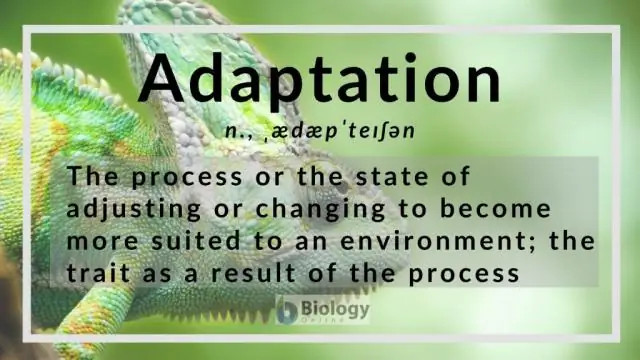- Author Rachel Wainwright [email protected].
- Public 2023-12-15 07:39.
- Last modified 2025-11-02 20:14.
Vaccination I
Vaccination I (vaccinatio; French vaccination) is a method of forming active immunity to an infectious disease by introducing a vaccine into the body of an animal or human.
Types of vaccinations:
- Aerosol (synonym: inhalation vaccination) - produced through the mucous membranes of the respiratory tract using an artificial aerosol of a killed or live vaccine;
- Intradermal (intracutanea) - carried out by inoculation (administration) of the vaccine into the thickness of the skin;
- Intranasal (intranasalis) - in which the vaccine is applied to the mucous membrane of the nasal cavity;
- Conjunctival (conjunctivalis) - which is carried out by instillation (drip) of the vaccine into the conjunctival sac;
- Cutaneous (supracutanea) - carried out by applying the vaccine directly to the skin with further scarification (limited superficial damage to the surface layers of the skin) with special instruments;
- Oral (peroralis; lat. Per - through + os, oris - mouth; synonym: enteral vaccination) - carried out through the mucous membranes of the gastrointestinal tract through the introduction of the vaccine through the mouth;
- Subcutaneous (subcutanea) - which is produced by subcutaneous injection.
Found a mistake in the text? Select it and press Ctrl + Enter.






